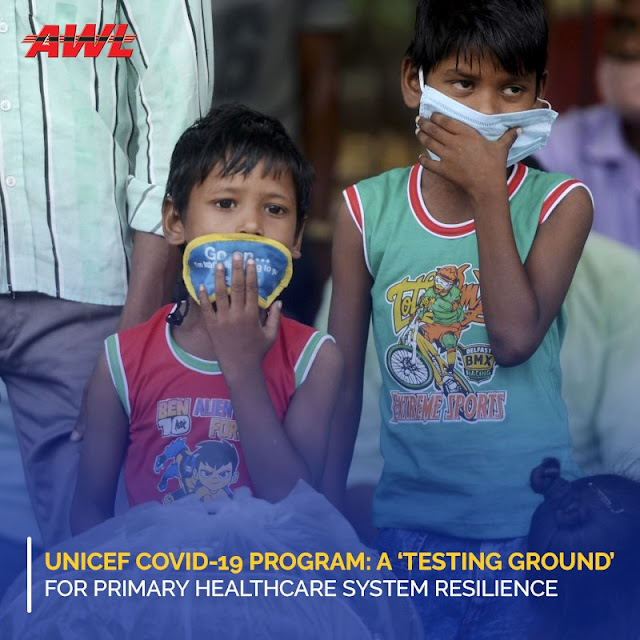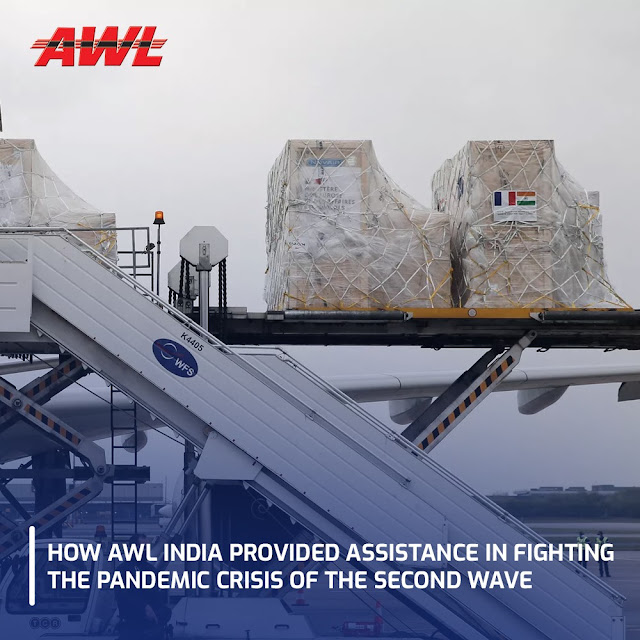Risk Reduction Using Supply Chain Predictive Analytics

Supply Chain Predictive Analytics As the name suggests, predictive analytics predicts future trends like exchange rates, sales demand, and other supply chain metrics. This method relies on the application of statistical modeling and regression analysis to historical data to identify and understand trends and shape future trends. These techniques are not new, as they have been used since the advent of computers. What has changed is the ability of computers to quickly analyze large amounts of data, and advanced data mining techniques. These techniques help to analyze structured and unstructured data. Predictive analytics uses the theory of probability to determine what might happen based on patterns and trends identified by analyzing historical data. The availability of data may be a result of the digitization and application of previous digital technologies. Nearly every industry has implemented or plans to implement predictive analytics to some degree. Predictive supply chain ana...



